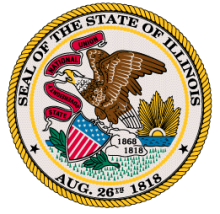Minnesota's Arrowhead Region Points to High-Speed Internet
Welcome to high-speed Internet on the Iron Range! This past fall, the Northeast Service Cooperative (NESC) completed a multi-year project, a fiber optic network spanning nearly 1,000 miles, on Minnesota’s north shore.
The project, the Northeast Fiber Network, connects public buildings, such as health care facilities, community libraries, colleges and universities, tribal facilities, and government offices. The fiber provides the opportunity for next-generation connectivity in many unserved and underserved areas of eight counties: St. Louis, Cook, Lake, Pine, Itasca, Koochiching, Carlton, and Aitkin. It’s exciting to see this rural project finally come to fruition.
Institutional Network: Now to Go the Last Mile
It’s an institutional network, which means it brings high-speed Internet to community anchor institutions throughout the region. So far, about 320 public entities, including 31 school districts, have connected to the network. The network is designed to provide middle mile connectivity for community anchor institutions, not to bring connectivity to residents and businesses of the region. As with most federally funded projects, the plan is to provide middle mile infrastructure with the hope that the private sector will be more able or willing to invest in last mile connectivity.
That last mile, to homes and businesses, presents a challenge. NESC is leasing fiber to public and private providers and working to ensure that the network can serve as a backbone to greater connectivity. Actively working with private providers, NESC offers a bright future for unserved and underserved communities on the Iron Range.
Collaboration & Funding



